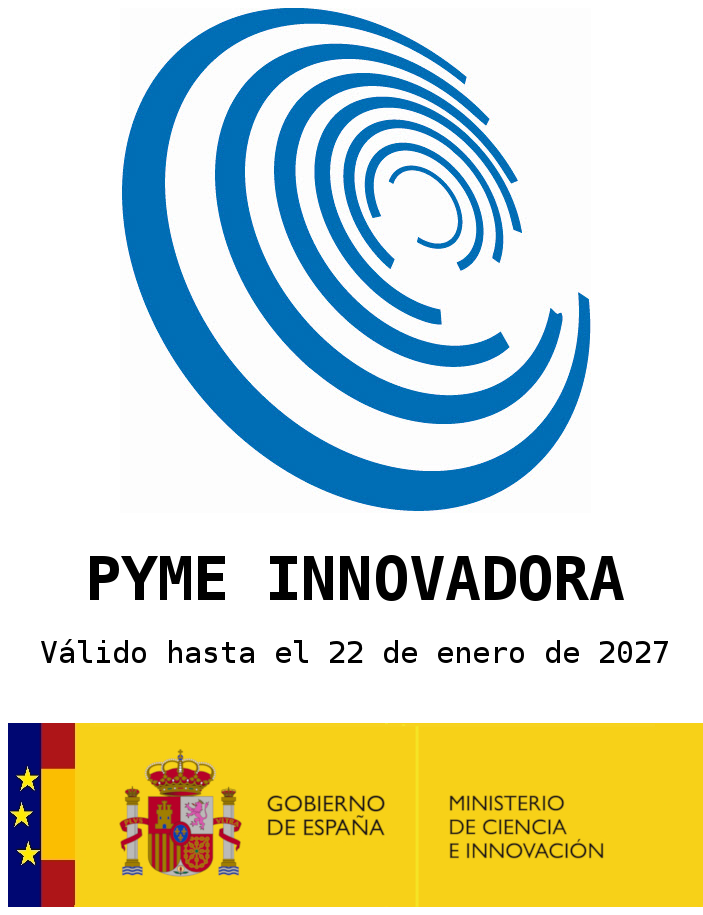Projects
Pioneering detection technique
Based on the development of an optimized technique for the ex vivo detection of NLRP3 immuno-paralysis in septic patients or in other processes.
The discovery of this form of immunosuppression, developed in the first twenty-four hours of sepsis, is the cornerstone of numerous practical applications. This project received funding from what is considered to be one of the most demanding programs in the world, the ERC Consolidation.

The hope of millions of patients
NLRP3 immuno-paralysis crucially impacts the prognosis of patients with septic shock and other acute inflammatory conditions. Our latest cohort of clinical investigations (results pending publication) indicate that 100% of the septic patients who ultimately died were NLRP3-immunoparalyzed.
Because of this, the technique has attracted great interest from prominent groups within major pharmaceutical companies, due to its potential impact on upcoming pharmaceutical developments for personalized medicine.
Simpler, more effective
The technique capitalizes on our in-depth understanding of the specific mechanisms related to NLRP3 activation, and allows us to offer services, solutions and develop improvements in sample analysis techniques for characterization of mechanisms, recruitment of patients for clinical trials, and development of personalized therapies.
To further facilitate the adoption of our technique by R&D teams of other companies, we are developing an easy-to-use Kit, akin to the ELISA format, but considerably more precise and reliable than current alternatives. Our solution will allow the performance of analysis with just a small whole blood sample, reducing the number of necessary steps while enhancing reliability, and reducing the cost of data collection in large-scale screenings.
Compact device prototype, VIVA SEPS CARE
We are developing a medical device that will allow healthcare professionals in hospital centers to determine the activation state of the NLRP3 inflammasome, and therefore asses the patient’s immune state, their prognosis, and enable early and effective treatments.
To achieve this, we combined our knowledge of NLRP3 with our expertise in biomedical engineering, microfluidics, reagents and detection, to further miniaturize and automate the assay technique into a user-friendly cartridge that can be incorporated seamlessly into hospital workflows and used by any clinical laboratory personnel.
These devices will enable physicians to make personalized therapeutic decisions by identifying immunocompromised patients in just four hours.
In parallel to these projects, we are also working on enhancing our intellectual property portfolio and expanding marketing opportunities, as well as addressing regulatory and quality considerations. We are actively developing a quality manual (QMS) and product documentation to secure ISO 13485 certification for Viva In Vitro and obtain CE marking for VIVA SEPS CARE by 2024.

Collaborators














